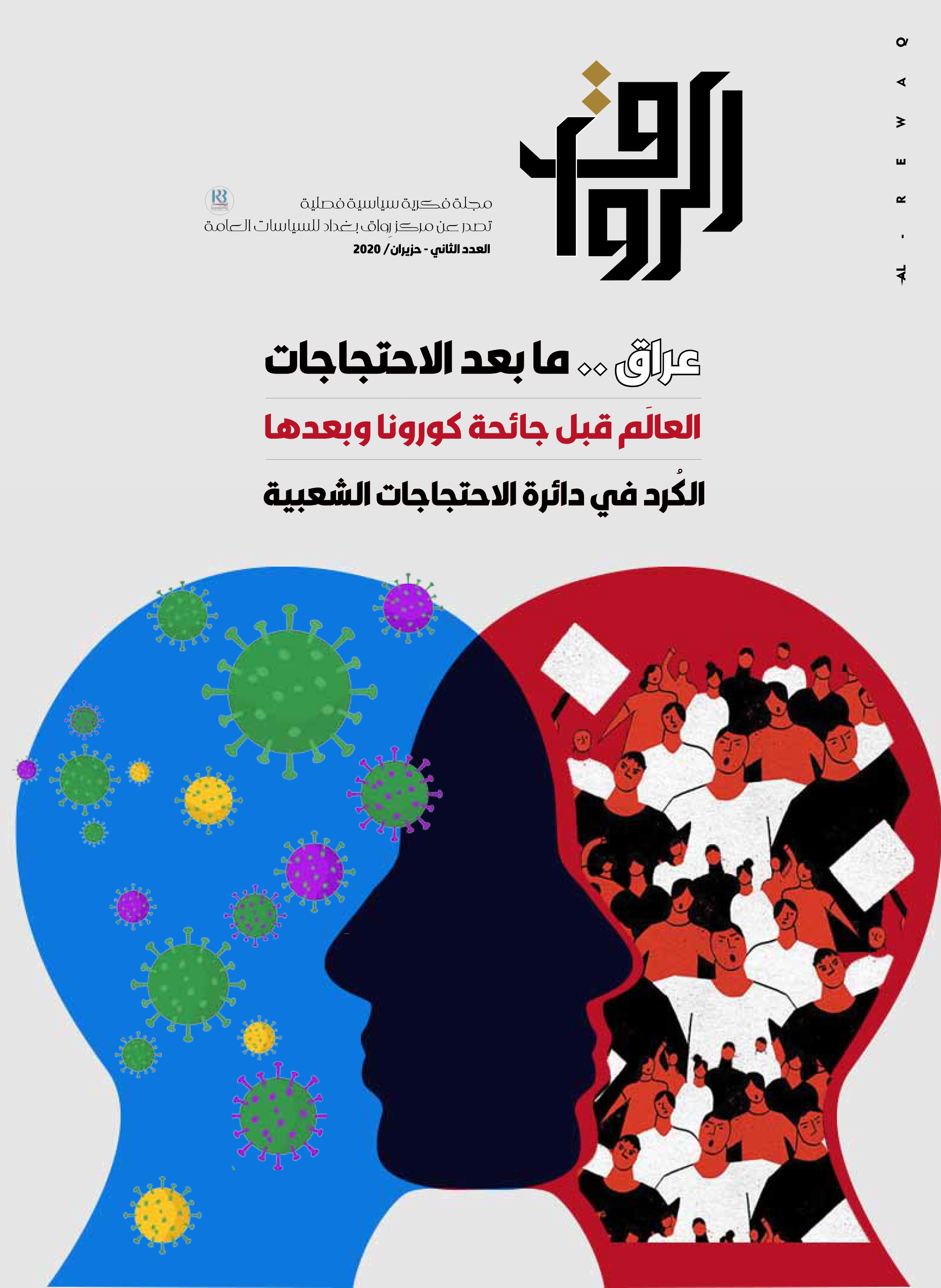And many other dimensions in different countries of the world. The studies that extracted the stage from 1980 to 2007, which included more than 300 armed factions, concluded with results that excite the reader and the follower,including that more than 80% of the countries that suffer from armed conflict within their regional borders,
their governments resort to this type of armed militias. In fact, most academies considered what they called paramilitary militias.One of the most effective solutions resorted to by governments that lose their ability to control internal rebellion through their regular military and security forces such as the army and police.








